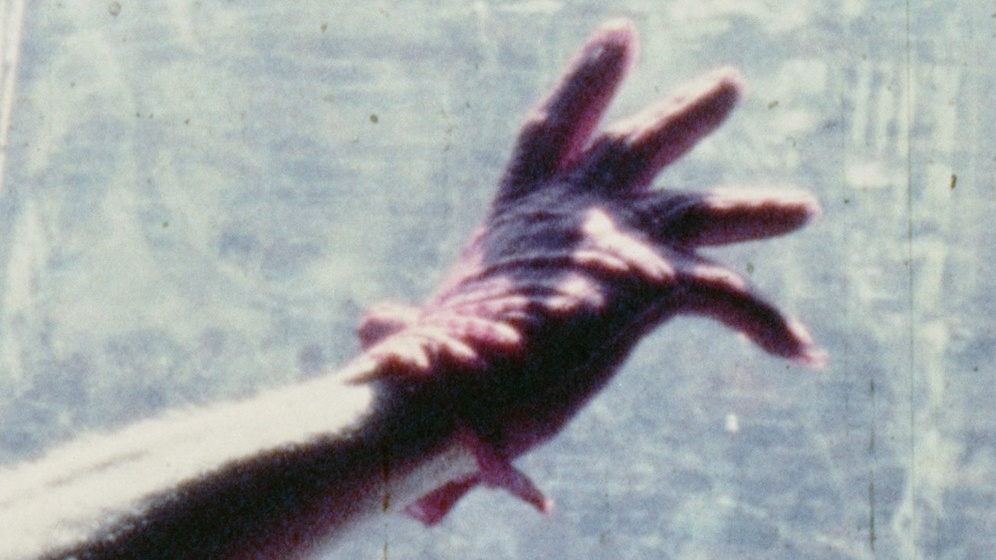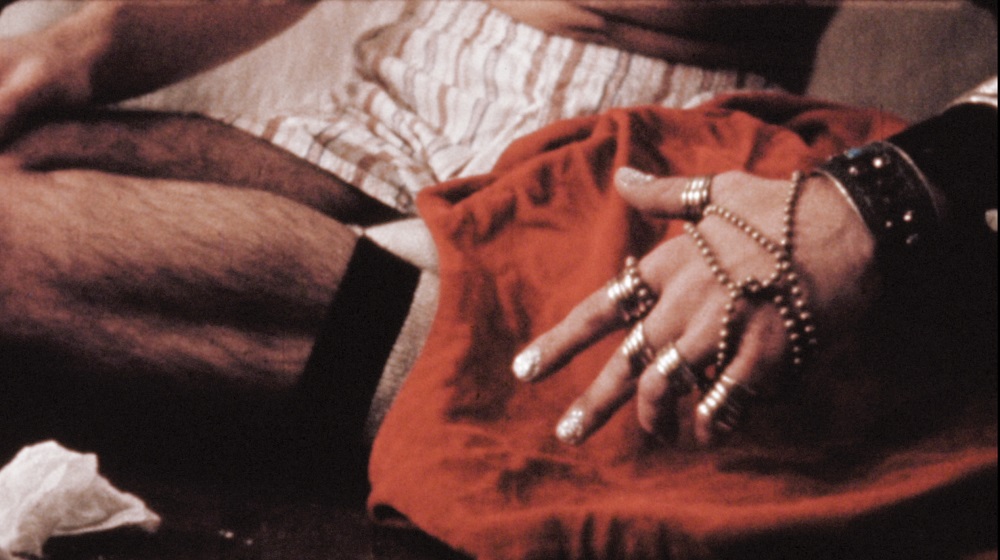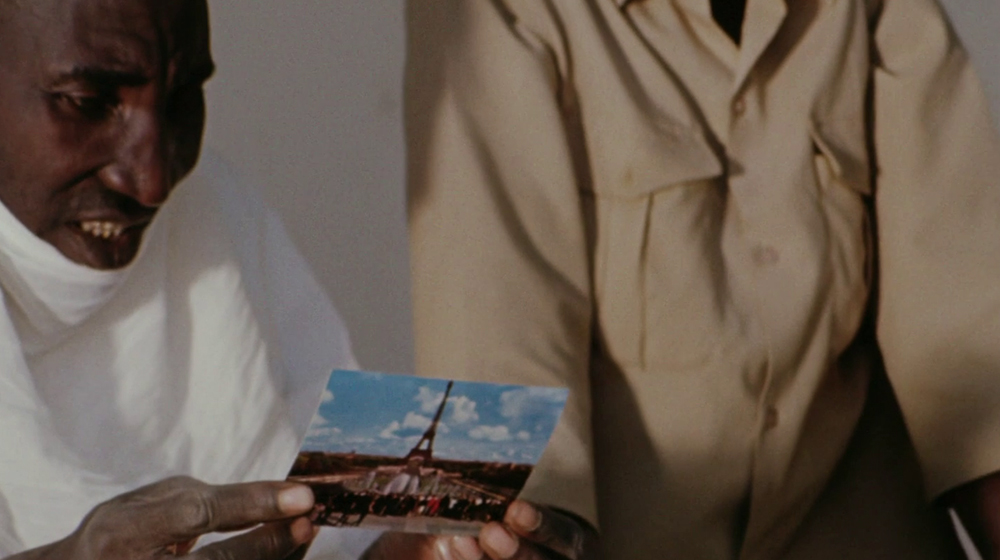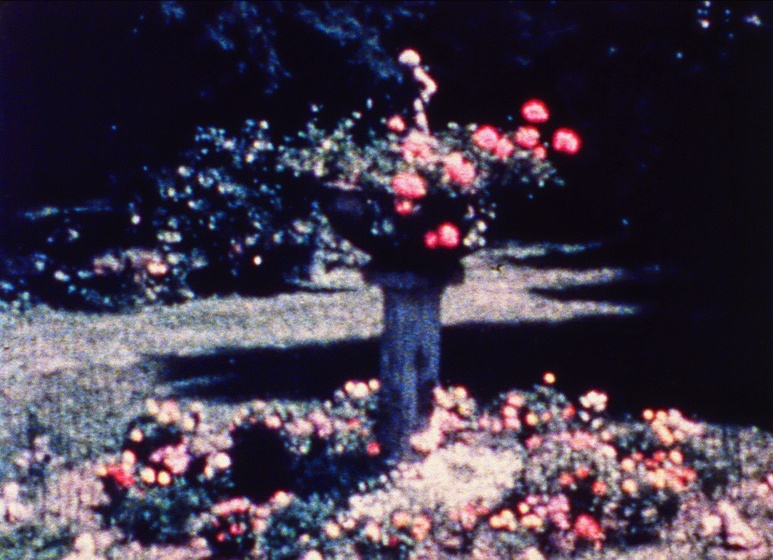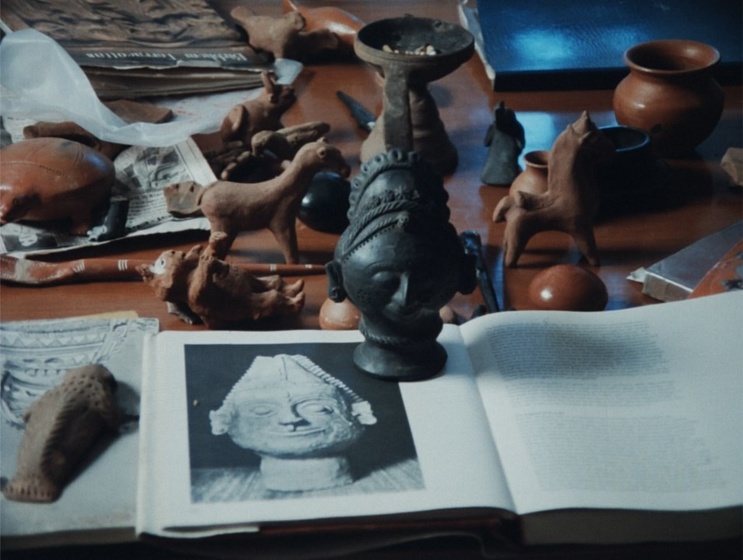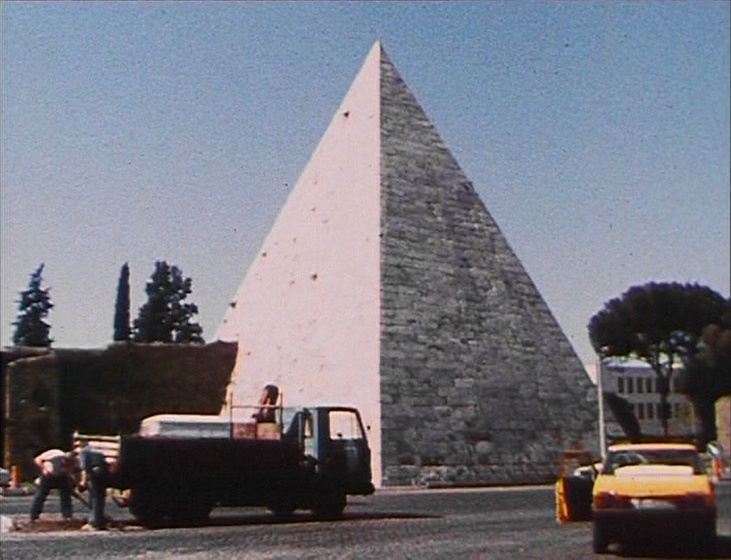By way of a prologue, over the images of Des Rives—a double projection film intervened by the projectionist, mixing polyphonic visual music with collage and filmed diary—, yann beauvais whispers, live, his chronicle of four decades of trips to New York: wanderings, projections, encounters, the transformation of the city. Drawing us into a reflection on dissident sexualities, the programme goes on to combine different physiognomies and ways of showing sex, from extreme tenderness to BDSM. In Homovie, beauvais displaces multiple physical identities, by subtraction (the act of undressing) or addition (the act of cross-dressing). The camera, for its part, as a fantasy device allows Michel Nedjar to deploy his anatomical study in Le Gant de l’autre, a meditation on the male homosexual gaze and the indistinctness of the naked body in a choreography of caresses, gestures and sexual positions. In Irome, Hiroyuki Oki intertwines intimate portraits of melancholic adolescents, revealing how the representation of sex, physical appearance or even masculinity varies from one era or culture to another, while in Bondage Boy, using ironic musical distancing, Chris Langdon transforms the visual fetishism of sadomasochistic practices into a punk parody of structural film.
Queer as a direct questioning of the body and sexuality is delocated in the next block. In The Eccentrics, Jennifer Burford outlines the polymorphic identities of two silhouettes, destabilizing genders by inverting the cinematic material and postures traditionally associated with the opposite sex. The shift towards geological and mythological bodies in Vulva allows Marcelle Thirache to trace a female and lesbian protohistory in a dialogue with the research of archaeologist Marie König. Through an exchange of letters with Barbara du Bois and a series of polaroids that illustrate her everyday life and nonconformity, in Pictures 4 Barbara Hammer portrays how new affective communities are formed. Finally, Broken Blossoms, Miles McKane’s action-reaction to AIDS, transfers emotional states to nature by juxtaposing a funeral march. The programme closes with an epilogue, also in the form of a double projection: Star Trick, by William Moritz, with a parade of the fluid, glamorous identities of the best-known stars of the psychedelic camp theatre of seventies’ San Francisco.
Des Rives, yann beauvais, 1998, 16mm (dual projection), 8 min; Homovie, yann beauvais, 1976-1977, 16mm, 5 min; Le Gant de l’autre, Michel Nedjar, 1977, Super-8, 15 min; Irome, Hiroyuki Oki, 1992, 16mm, 8 min; Bondage Boy, Chris Langdon, 1976, 16mm, 6 min; The Eccentrics, Jennifer Burford, 1987, 16mm, 8 min; Vulva, Marcelle Thirache, 1992, Super-8, 5 min; Pictures 4 Barbara, Barbara Hammer, 1981, 16mm, 10 min; Broken Blossoms, Miles McKane, 1992, 16mm, 6 min; Star Trick, William Moritz, 1975, 16mm (dual projection), 7 min.
Copies provided by Light Cone except Bondage Boy and Pictures 4 Barbara (Academy Film Archive).
